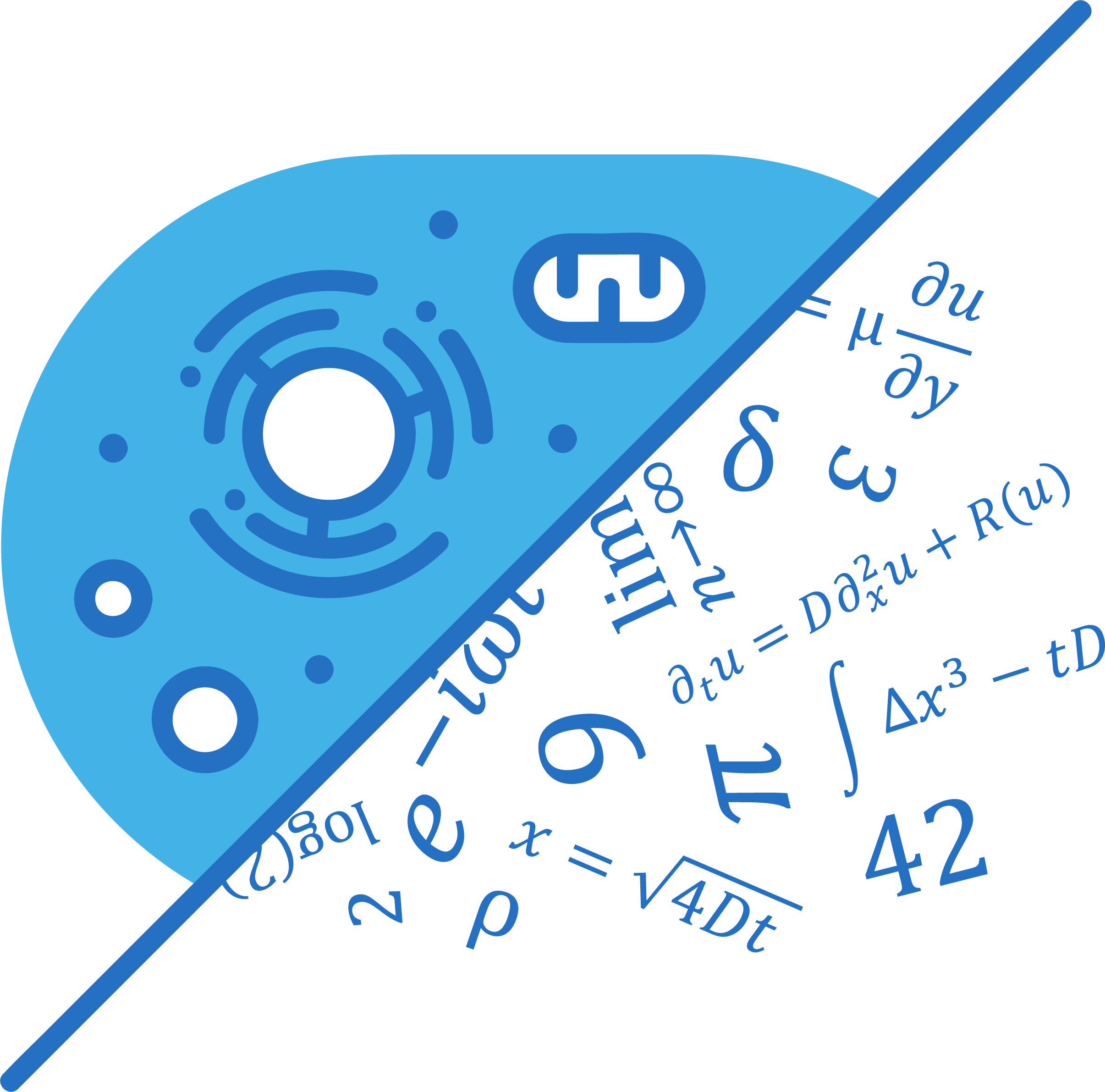|
15th Annual Symposium Physics of Cancer Leipzig, Germany Sept. 30 - Oct. 2, 2024 |
PoC - Physics of Cancer - Annual Symposium |
|
|
Invited Talk
Cytoskeletal integration of intermediate filaments by cytolinkers and spacers
FAU Erlangen-Nürnberg, Naturwiss. Fakultät, Dept. für Physik, Abt. für Physik der Kondensierten Materie, Henkestraße 91, 91054 Erlangen , Germany
Contact: | Website
It is often stated that the eukaryotic cell is structured by three distinct filament systems: microtubules, F-actin and intermediate filaments (IF). While the first two systems are relatively “archaic”, in the sense that they have early on in evolution adopted their principal structural and functional form, intermediate filament proteins underwent a significant degree of amino acid sequence variation according to the tissues in which they were expressed. This feature is of particular significance when IF-proteins have been developed as “dead” materials, be it for hair, nails, feathers, or the cornified envelope of the epidermis. In all these cases, a multitude of accessory proteins stabilise IFs and IF-bundles, including keratin-associated proteins in hair and loricrin-associated proteins in the epidermis.
In living cells, proteins from the spectraplakin family facilitate the integration of IFs into the cell architecture. Plectin, a prominent member of this family, bridges IFs with actin filaments, microtubules, the nucleus, mitochondria, and other intracellular structures. In muscle cells, large actin-binding molecules such as titin and nebulin may additionally connect to the IF system, which is primarily composed of desmin in muscle cells. Indeed, highly complex structures such as the Z discs and costameres organise the three filament systems into regulated, mechanically stable scaffolds. As a starting point, before investigating complex tissue systems, we have conducted detailed research into the role of plectin in the control of cell viscoelasticity and directed migration of keratinocytes and fibroblasts in collagen matrix composites. |






